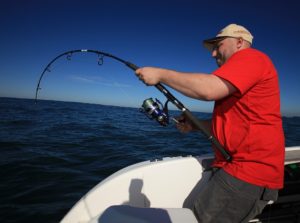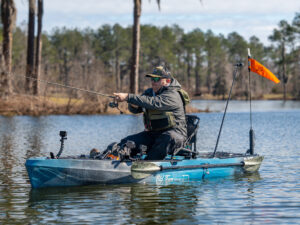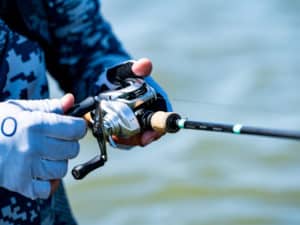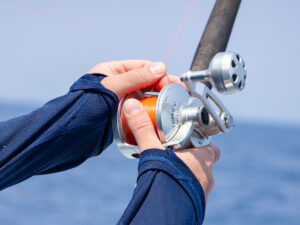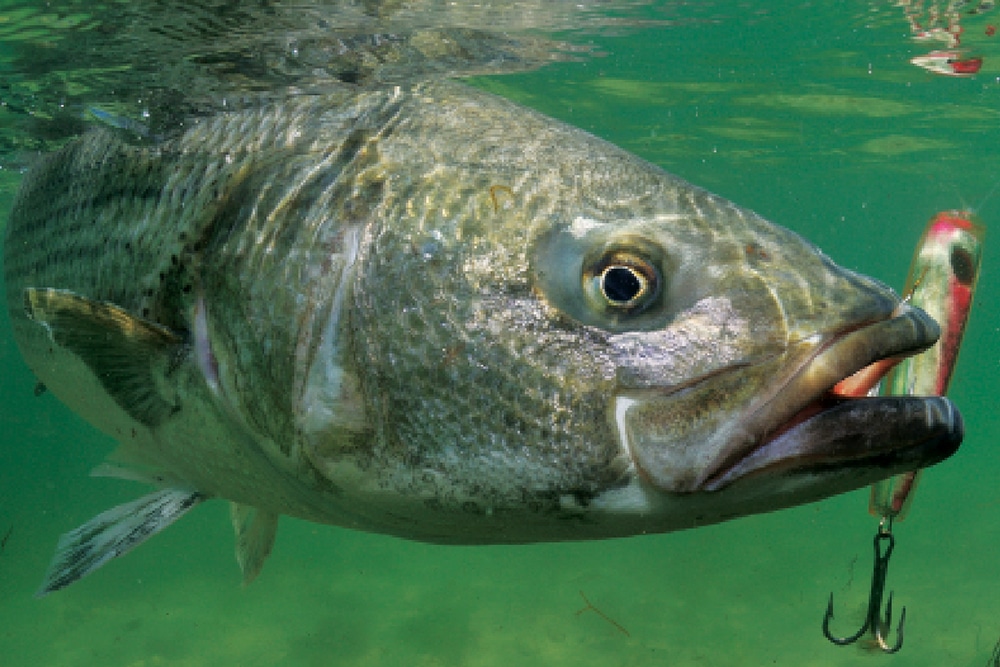
Today’s hottest topwaters, lipped baits and subsurface plugs are built from modern plastic blends, manufactured to last longer and attract more fish than ever before. The largest lure manufacturers shy away from timber, leaving woodwork to custom companies that specialize in the handcrafted production process. The effort and time that goes into each wooden plug is immense.
Plastic and wood baits both have worthy spots in any angler’s tackle box. In fact, many of today’s top hard-plastic baits mimic the mesmerizing motion that wooden lures once monopolized. If you’re not utilizing both types — plastic plugs with innovative features or the classic wobble of crafted wood — I strongly suggest diversifying your arsenal.
Distinct Advantages
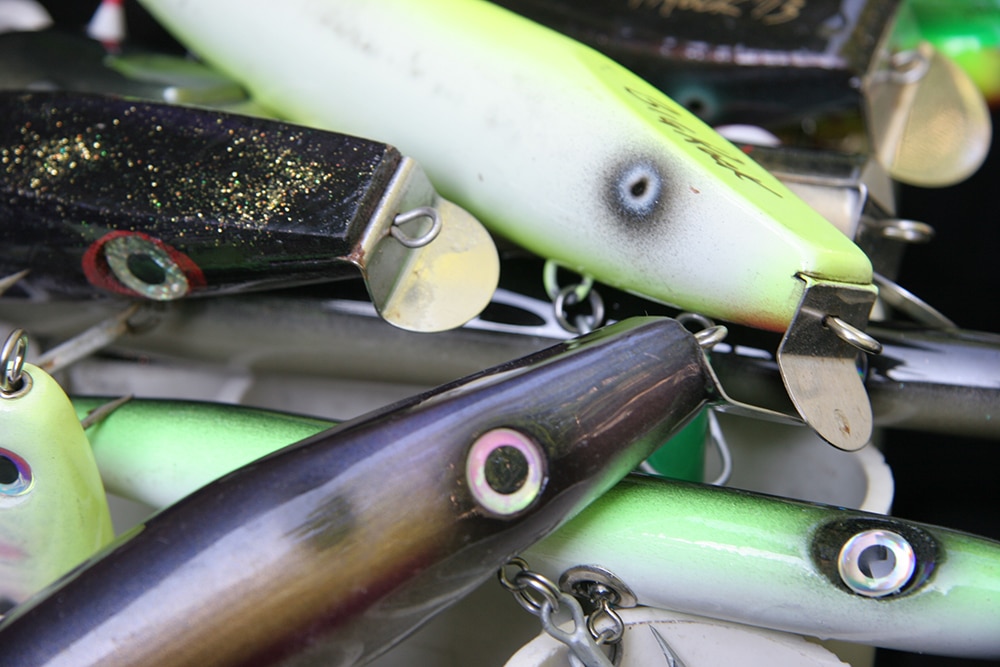
Wood and plastic plugs each offer unique characteristics. It’s up to the angler to decide exactly what he’s looking for in the lure, and in what scenario he wants to fish the lure. With plastic hard baits, expect to get consistent action straight out of the box, while the movement of a specific wooden lure model can differ slightly from plug to plug. Still, when a wooden plug is tuned properly, it’s tough to beat.
“What makes Savage Gear different is that we start with an actual bait and 3-D scan it,” says Mike Bennett, formerly with Savage Gear (now with Okuma Reels). “From our 3-D scan, a positive is made to use as a temporary mold to adjust swimming action. After adjustments, we make a permanent mold.”
Plastic baits like Savage’s Panic Popper and Twitch Reaper also tend to have brighter and more-vibrant colors, along with a larger range of actions and styles. For Savage Gear, it’s not about a specific species to target, but rather modifying molds and designs to get the exact action he wants.
Wooden baits rely on the materials from which they’re crafted to attract fish species.
“What started years ago in the surf-fishing community has to lead to quality custom wood plugs across most fishing scenarios,” says Capt. Gene Quigley, of Shore Catch Charters in New Jersey. “Cedar plugs are naturally buoyant, floating completely level in the water; that’s hard to replicate with plastic.”
Also consider that wood is heavy and solid — much heavier than plastic — so it’s easier to cast wooden plugs longer distances. They often reach fish when other plugs can’t.
Allure of the Motion
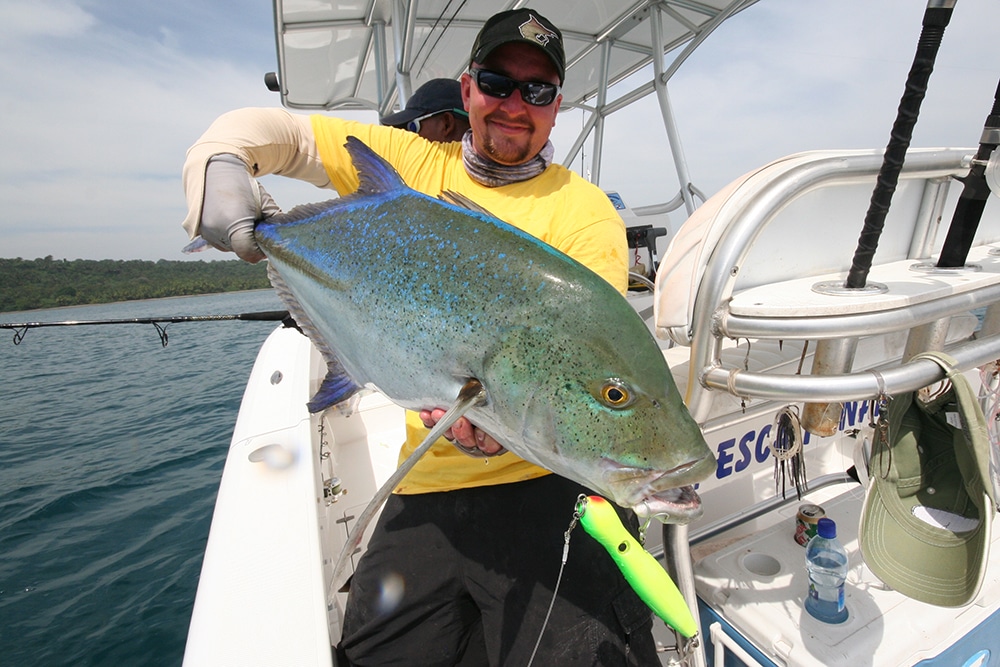
“I believe a wood lure has the best action in the water, especially in the hands of a skilled fisherman,” said Dick Fincher, of Phase II Lures in Westport, Connecticut. “It’s important when picking a wood lure to know what that lure is designed to do.” Phase II wood plugs used to come with a fishing‑suggestion card for this reason.
Anglers steeped in the history and tradition of fishing are more apt to consider wooden plugs. “If an angler learned about wood lures from a previous generation, and if he himself is skilled in casting,” says Fincher, “chances are, he will have a wood plug tied to a rod.”
For plastic plugs like the Shimano HD-Orcas, sometimes the action is all about mayhem. Orcas are made from ABS (acrylonitrile butadiene styrene) thermoplastic, an impact-resistant and tough material. Polycarbonate, polypropylene and ABS plastics differ in density, weight and cost, but each is extremely durable. Lure manufacturers pick one plastic over the other when designing a lure to act a certain way, whether that’s a strong, lipped swimming action, durability and strength during high-speed trolling, or a hollow plug that utilizes a weight-transfer system.
Orca’s topwater version is meant to be worked fast and erratically, while the sinking-pencil version works well around feeding fish and panicked bait schools.
“Shimano Orcas are built from plastic to allow for mass production, but also so they can be molded into a distinct round profile,” says Ted Sakai, senior brand manager at Shimano. “The main targets with the Orcas are tuna. You really want to be able to ‘jack’ the lure, causing it to dive and roll, but also to skip across the top of the water.”
Built to Last
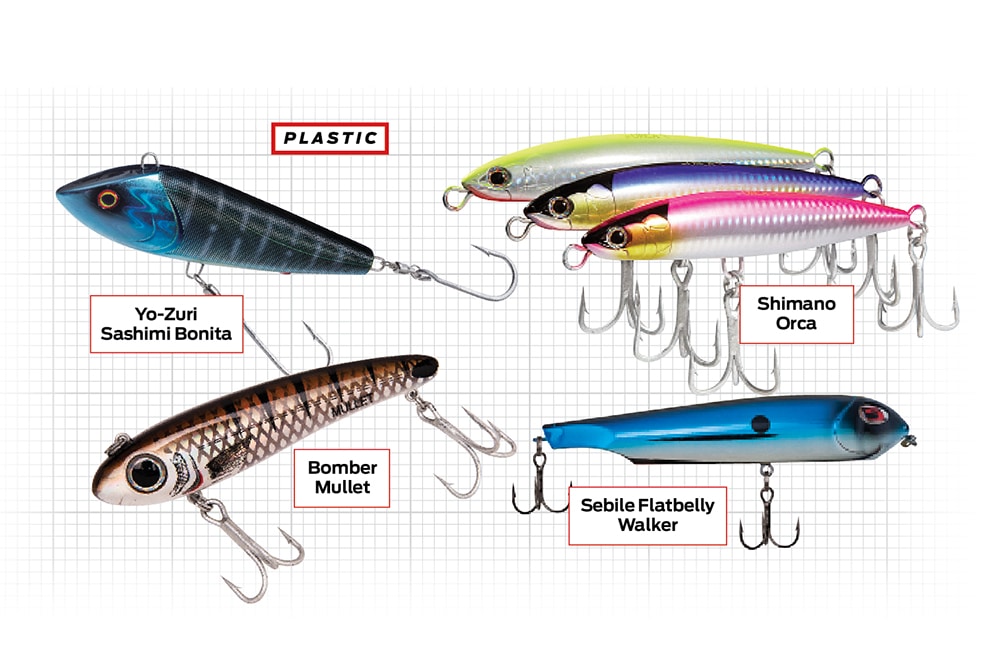
Some of the toughest hard baits in today’s market utilize polycarbonate, a plastic resin also used in applications such as bullet-resistant windows. Yo-Zuri’s Crystal Minnow and Pencil models incorporate polycarbonate, as do many of Bomber’s saltwater plugs, such as the Magnum Long A.
Lure companies have an advantage as they continue to experiment with new materials. Manufacturers such as Yo-Zuri can build tougher lures, but also incorporate fish-attracting features such as hollow bodies, rattle chambers, weight-transfer systems and 3-D prism finishes.
“Yo-Zuri alters polypropylene into a foam material called Power Body for its balance, action, and strength when producing Bonitas and Bull Poppers,” says Chris Bishop, vice president of marketing and sales at Yo-Zuri. “We have [received few broken] lures, even from anglers targeting species such as wahoo.”
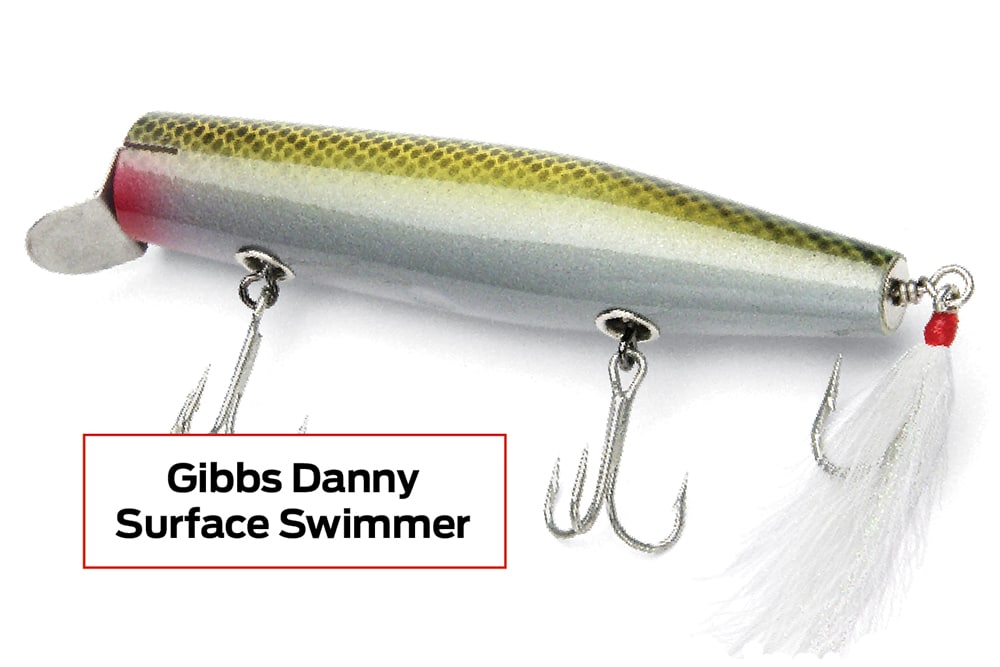
Wood-lure manufacturers can’t build their lures via injected molds, but instead start from dowels of wood consisting of birch, pine, balsa and cedar. “Our popular Danny and Pro series of swimmers and topwaters is built from Pacific sugar pine,” says Matt Smalley, of Gibbs Lures. “Our Tuna Candy plugs are made from birch, a harder and more-resistant wood that handles strikes from bluefins.”
From those blocks of wood, it’s a 55-step process to the finished product, says Smalley. “Each lure has its own ‘knife,’ a sharp-cut piece of steel used to shape each specific lure,” he says. “Then there’s a drilling portion for the through-wire — it must be perfect, completely dialed in.” Sanding, sealants, drying, primers, painting and assembly all follow, illustrating why wooden handcrafted lures will never be mass-produced.
“Anglers love the action of our metal-lipped swimmers, often called ‘Dannys.’ Its action in the water is difficult to replicate with plastic,” says Smalley. “Add the sex appeal we give with paint, plus the natural buoyancy and weight of wood, and coastal anglers catch all kinds of fish on our lures.”
Wooden plugs are most popular in the Atlantic striped bass and bluefish fisheries, but they also catch seatrout, redfish, tarpon, and snook. Even if the wood loses some of its finish, it doesn’t stop attracting fish. It’s fair to think of wooden plugs as an art, but art with a purpose — which is to catch fish.

